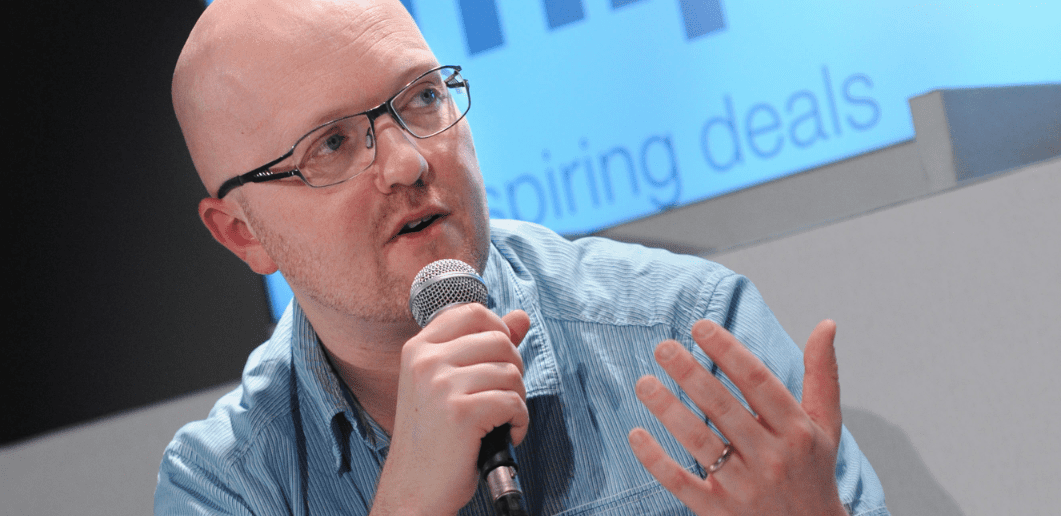So, that was that. Another week of late nights and early mornings, of 30 minute meetings and 15 minute lunches; in other words, the MIPs. As someone who ran between MIPFormats and MIPCube, finally settling down at MIPTV, here are five points I took with me home from Cannes:
1. We need to talk
And by ‘we’, I mean everyone who is in the TV industry, be they commissioners or producers, tech people or marketing people, format developers or animators, we all need to talk. To each other, I hasten to add. At MIPCube on Friday and Saturday, amongst the many interesting talks and presentations, the most notable thing was the conversations taking place – hackers talking to researchers, connected TV people talking to buyers, everyone talking to everyone. In a world where borders are blurring rapidly, where TV is not necessarily TV for very much longer, the more we know about each others realities, challenges and possibilities, the better we can hope to cope with the transitions we are going through.
2. Story
No matter how many gadgets you build to sync with content, the story at the heart of any project remains the most integral part when aiming for success. No one wants to connect to your connected TV if the content on the TV does not engage and excite, and support interactivity. Context rules supreme, some have said, but as there needs to be content – i.e. good stories – for there to be any kind of context, that argument is quickly made less relevant.
3. The format biz is getting stronger and stronger
MIPFormats showed quite clearly that the trend of the last couple of years – of formats starting to arrive to the market from all corners of the world- is no fluke. Not by a long shot. South America is entering into the fray, the Nordic region is emerging once again, formats are pouring out of Israel, France, Turkey, Japan… The format trade is very much a global one, with flavours of different territories and cultures making their mark on television channels around the world.
4. Hackers showed a way
I don’t know how to programme code. This is something I share with most people at MIPTV. Although I know quite a lot about the limitations and possibilities – a must if you’re developing formats today – the actual work behind the apps and the widgets and the HMTL5-pages is still, for me, shrouded in a transparent veil of mystery.
Not anymore though, as the hackers on the boat moored at the Gare Maritime showed what can be done in next to no time. In less than two days they had a number of great projects up and running; I for one would love to work with them every day of the week. Still, there were glitches; most of them were, however, due to fallacies on the part of the television industry, especially regarding availability of metadata.
5. Brands are even more interesting
Everyone would love to work with brands. Brands have money that can be poured into your project to let you produce what you want to produce. A match made in heaven, right? Well, not always. Brands come with demands as well, demands that sometimes can be problematic to take into consideration when trying to create compelling, immersive and engaging content. At MIP this year, I was delighted to see, listen to and talk to a number of brand representatives that suddenly were talking my language. Story, content, UX, audience interaction… If this trend holds up, the next MIPs will be interesting indeed!
Simon Staffans is a format developer for Media City Finland, and a regular contributor to MIPBlog. You can follow him on Twitter here.




